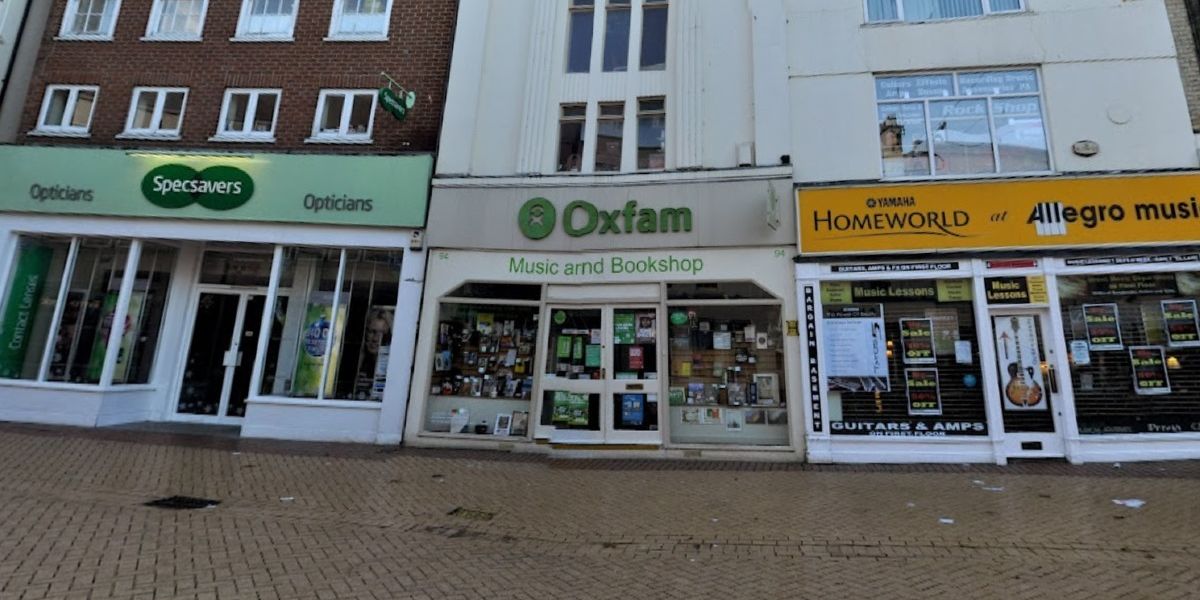The Santiago Metro had many reasons to fail. For half a century, the urban transportation project was overseen by ideologically opposed governments – from democratic to dictatorial, socialist to neoliberal. At times, it was at high risk of earthquake damage. Yet remarkably, and despite quakes in 1971, 1985 and 2010, it has endured to become the largest metro system in South America. Resisting a straightforward survival narrative, Andra B. Chastain’s Chile Underground turns towards the “tensions and paradoxes” that undergirded the planning and implementation of the Santiago Metro. Asking how a state-sponsored infrastructural project became intertwined with the formation of Chilean national identity, she considers the specific task of planning transportation for a rapidly growing capital city and the broader ideological battles that the project arguably came to represent.
Chastain understands the Metro not just as a carrier and conveyor of Santiago’s historical development, but as a space where history took place. Opened in 1975 after several years of planning, the network has no archive of its own, and much of the official information about it between 1969 and 1989 is missing, so the author has drawn on some unconventional sources. Photography, poetry, idealized maps and renders, together with past and present opinions both censored and recalled, capture a cross section of responses to the Metro’s construction – many of them disputing the narrative of “progress” attached to it by various twentieth-century leaders. The author highlights as a notable example Elías Adasme’s series A Chile (1979–80; To Chile), in which the artist hangs upside down from the sign of Salvador Metro station in protest against the military regime at the time.
Chastain notes the influence of the US-educated economists dubbed the “Chicago Boys” and their disciples’ attempts to privatize the Metro and dismantle its unions. Her focus, though, is on the significant French investments made in Santiago, which continued throughout the Allende government, the Pinochet regime and the Concertación period. Juan Parrochia, one of the key urban planners for the Metro, would “forge ahead … even if by unorthodox means”, courting French investors without the endorsement of the Chilean government.
“I do not argue that the Metro had agency of its own, but neither was it merely a vehicle, symbol, or tool for other agendas”, Chastain writes. Ultimately, her book is about the multiple generations of planners, developers, passengers, and employees who animated the system’s history. It reinforced socio-spatial divisions in Santiago, yet at the same time it was a program onto which the wish to “rationalise” and “modernise” the city was perpetually projected. With the Metro’s ninth line set to open in 2030, and more than 2.4 million passengers using the network every day, Chastain’s endeavour is not only timely, but as interesting and vital as her subject.

 By Times Literary Supplement | Created at 2025-04-02 12:32:32 | Updated at 2025-04-04 05:06:41
1 day ago
By Times Literary Supplement | Created at 2025-04-02 12:32:32 | Updated at 2025-04-04 05:06:41
1 day ago







